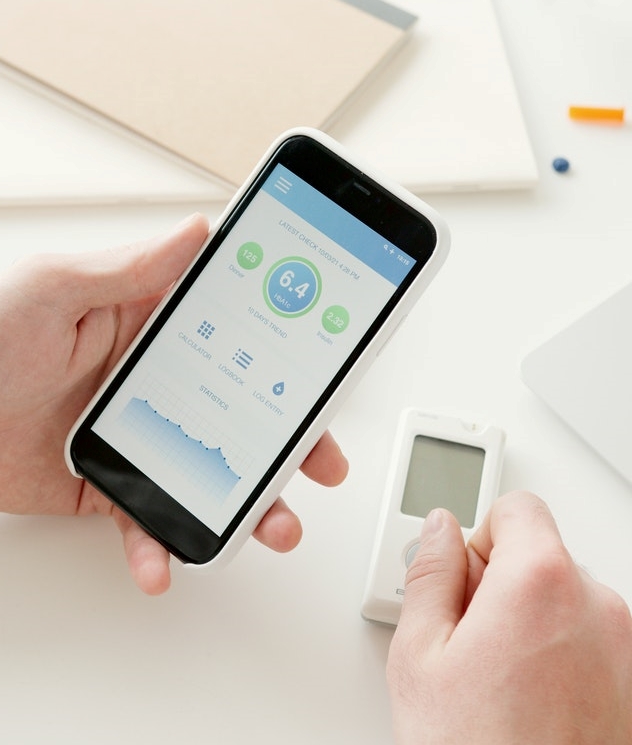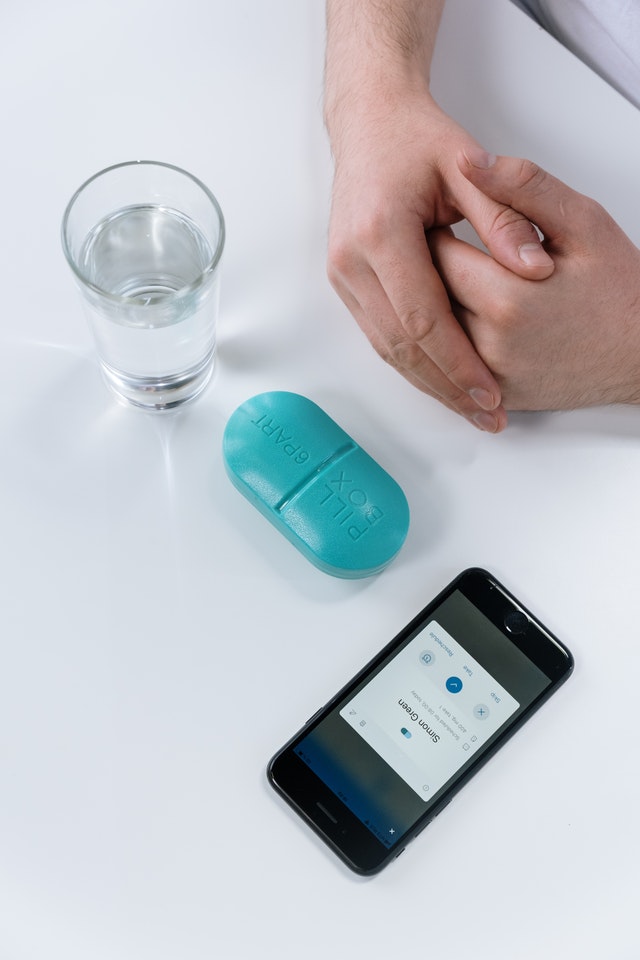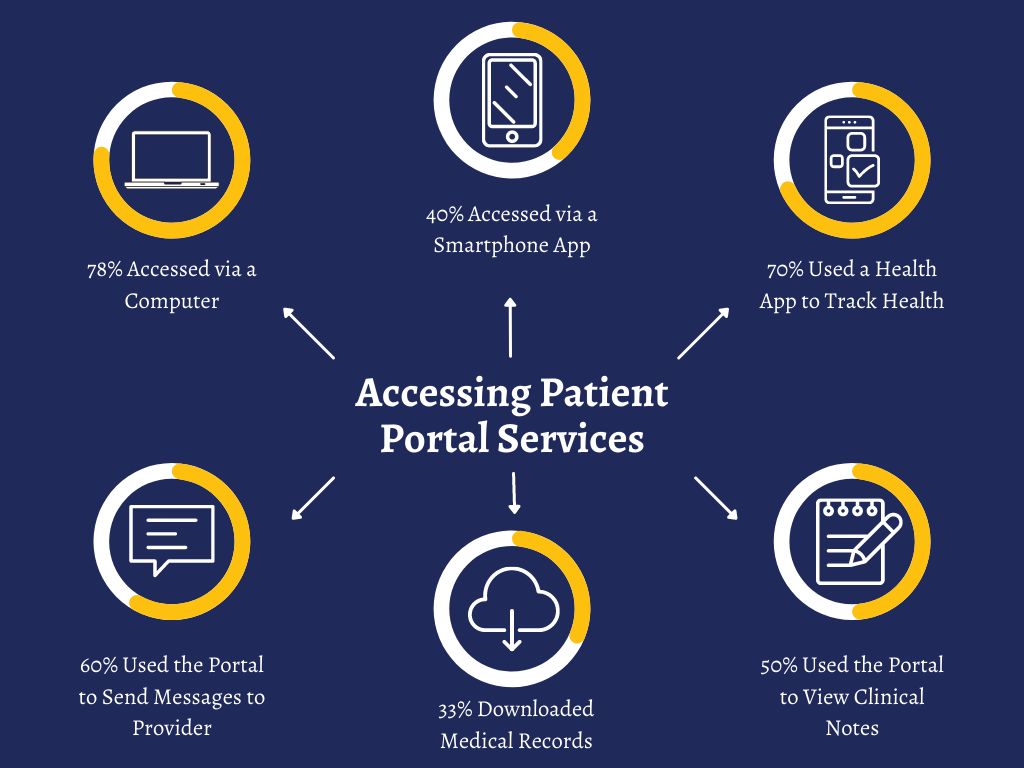
Abstract
Innovations in patient engagement have been significantly falling behind. Patients lack information on services they may need or the cost for them. Furthermore, the pandemic continues to have lasting effects on society even after years since it first appeared. Patients have been putting off seeing their primary care physician. This leads to missed treatments and the lack of necessary preventive care. Patients need to regain control of their health and be more proactive in their care. More automated AI-assisted tasks, as well as increased provider encouragement, can encourage patients to be more involved in their treatment plans.

Introduction
Healthcare workers are facing overwhelming amounts of patients and paperwork due to the pandemic. The focus has shifted towards ICU patients and patients that need urgent attention. Little attention is being given to preventive care or even providing care outside of the hospital. When patients do end up visiting the hospital, they often are left in the dark about prices and insurance coverage. This leads to decreased patient engagement as well as dissatisfaction towards their providers. During a time when patients are already less involved in their healthcare and delaying treatment, healthcare professionals need to do more to encourage engagement and provide transparency on services and costs.

Background
Lack of Price Transparency in Healthcare
Patients are unable to be proactive due to the lack of price transparency in healthcare1. Patients often lack information about the cost of services or their insurance coverage. This leaves patients unable to determine if the care they are receiving is worth the cost. Even if the hospital lists the prices for medical procedures, they may not be easily accessible1. The lack of price transparency is mostly due to the precedence of other time-consuming tasks like EHR-related documentation being done manually1. Unfortunately, patients end up not knowing how much they owe when the bill is due, or even how to pay it because of the lack of effective revenue-cycle management1. This also affects providers due to delayed payments. Additionally, they will see decreased patient loyalty since patients are less likely to come back if they don’t have a positive experience.
Lack of Provider Encouragement
Another barrier to consumer engagement is the lack of provider encouragement. Because of COVID-19, patients are delaying their care and not getting the screenings they need. In just the first year, millions of patients passed up on preventive treatment2. Patients are facing a worse prognosis that could have been prevented with earlier screenings. Furthermore, patients that don’t stay up to date with routine screenings face more costs in the long term due to preventable hospital visits. Even if patients receive care, more than a third of them end up having to go back to the hospital due to the lack of check-ins3. Furthermore, patients that are recovering from heart attacks or stroke-related visits can often face depression, which can make it even harder for them to be engaged3. Provider encouragement for patients to be involved in their care is lacking and leads to detrimental effects.

Solutions
Transition to AI-Aided Automated Tasks
Clinicians can streamline the price-transparency process by having an AI assist in giving out automated responses about billing. This solution will lessen the burden on healthcare staff. More importantly, patients will receive information on the cost for each procedure based on their insurance in a fast and personalized way1. Providers can send text messages or use apps to provide information on billing options, scheduling, and future follow-up meetings through an automated system1. This will relieve the stress that patients face when receiving medical procedures, and will also encourage them to be more proactive in their care. Additionally, patient engagement increasing will likely lead to provider loyalty and on-time payments1.
Encouraging Patients to be Proactive
Providers who encourage their patients to access portals are more likely to have proactive patients4. Implementing an effective EHR system allows patients to view notes on their treatment plans and stay in touch with their doctors. When provided with a health app, 7 out of 10 patients used it to track their progress4. Furthermore, messaging allows patients to receive alerts about routine checkups. Patients must also have personalized communication with their providers. This can look like scheduling outside of business hours, attending telehealth visits, or even being able to directly message their providers. Encouraging patients can lead to an 85% decrease in preventable hospital readmissions, a 7 times increase in patients responding, and a 4 times increase in patients paying their bills5. It is essential that healthcare doesn’t just stop at the hospital, but also fills the gap to go beyond the traditional clinical settings.

Conclusion
Providers need to streamline the process of price transparency and provider encouragement. Patients who are provided the right tools and resources are generally more proactive in receiving preventive care. Promoting consumer engagement is an important role in empowering patients to be more involved in their treatment plans outside of the conventional healthcare settings. Providers who provide AI-assisted automated responses as well as price transparency will see more loyal patients. Investing in patients using innovative health IT solutions is key to promoting overall wellness and better healthcare relationships.
To have a more in-depth conversation with HITS, visit this link to schedule a 15-minute consultation: https://bit.ly/3rosgAG
References
- https://www.forbes.com/sites/forbesbusinessdevelopmentcouncil/2022/01/21/improving-the-patient-experience-for-better-outcomes/?sh=3fb70f7b7094
- https://mhealthintelligence.com/news/engage-patients-to-resolve-lingering-gaps-in-care
- https://www.fiercehealthcare.com/digital-health/laguna-health-adds-new-role-build-out-custom-patient-engagement-platform
- https://ehrintelligence.com/news/provider-encouragement-fuels-ehr-patient-portal-use-messaging
- https://www.prnewswire.com/news-releases/personalizing-patient-engagement-redox-and-patientbond-partner-to-bring-consumer-science-into-healthcare-301464252.html